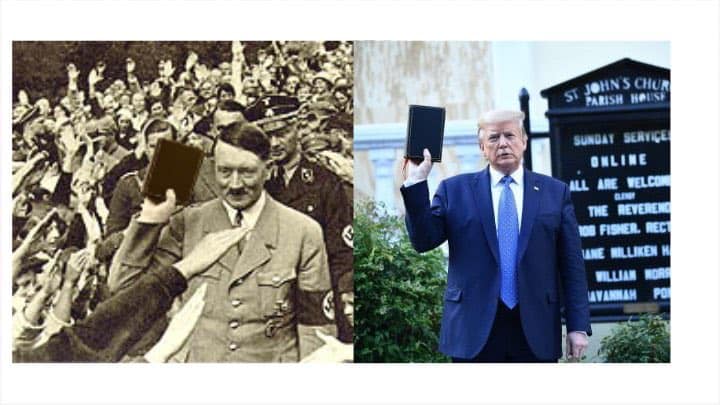

Yet the book sheds light on how Hitler-in a moment rife for demagoguery-managed to rise to the top against all odds. The book-published under the title Adolf Hitler, sein Leben, seine Reden (Adolf Hitler: His Life and His Speeches)-was banned soon after publication, limiting its intended impact.

A North-German aristocrat, von Koerber was attracted by the promise of a new conservatism fused with the youthful idealism of National Socialism. This led Hitler to Victor von Koerber, a blue-eyed and blond young military hero and writer. Doing so would come with a double payoff: Hitler’s shameless act of self-promotion would be concealed, while the impression would be created that he already was in receipt of widespread support among traditional conservatives. In the autobiography, he told the story of how his experiences as a young man provided him with revelations about the nature of politics that would allow him to save Germany from misery and make it safe for all times.īut publishing such a self-aggrandizing portrait would have repelled Germany’s traditional conservatives, so Hitler searched for a writer with impeccable conservative credentials willing to pretend to have written the book. To sell the idea that he was Germany’s savior-in-waiting, and to boost his profile outside of Bavaria, he wrote a very short autobiography to be published together with a selection of his speeches. He made the case for a new kind of leader, and created a semi-fictional alternative version of himself that would fit his own job description. A garden-variety demagogue might have simply created an outsized image for himself, an inadvertent sort of cartoon. Hitler’s radical recasting of his public image in 1923 went further than that-and said a great deal about the kind of leader he was aspiring to become. So he went to the opposite extreme-producing picture postcards of himself and distributing them widely. And while his carefully choreographed speeches had been sufficient to turn him into the enfant terrible of Bavarian politics, Hitler concluded that his chances of becoming the face, or at least a face, of the national revolution were close to nil if people did not even know what he looked like. Instead, he had relied solely on the power of his voice to create a following for himself. For years, he had steadfastly refused to be photographed and had not given anything about himself away in his speeches. Germany was in the midst of an extreme economic crisis that inspired widespread feelings of disaffection, worries about national and personal decline, a wave of anti-globalism, and the political turmoil that the 34-year-old Nazi leader had been longing for.īut for Hitler, this air of imminent national revolution had come too soon-because no one yet realized that he should be Germany’s natural leader. In the summer of 1923, Adolf Hitler realized he had a problem.


 0 kommentar(er)
0 kommentar(er)
